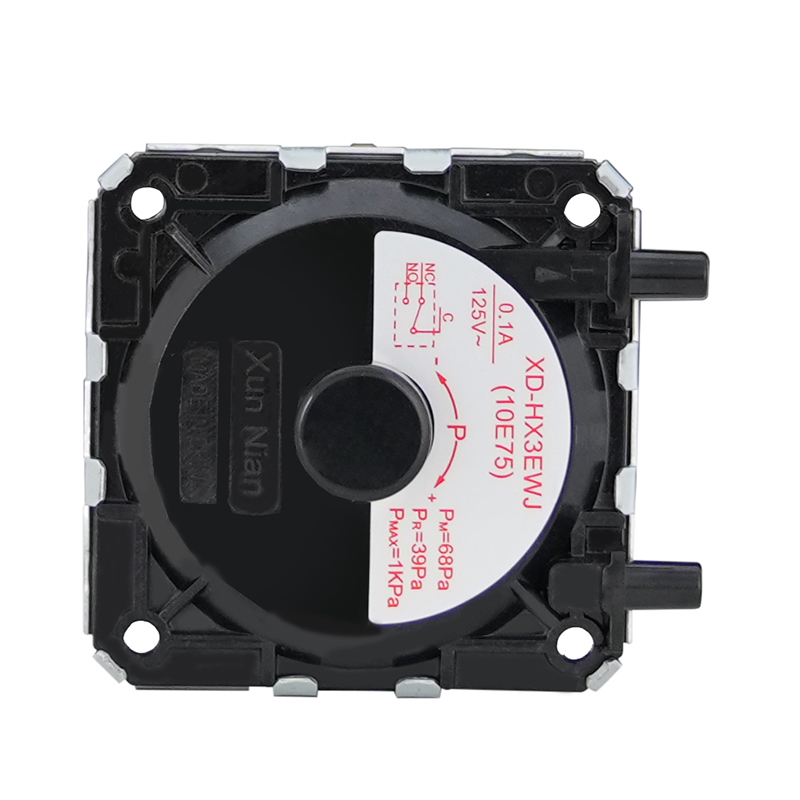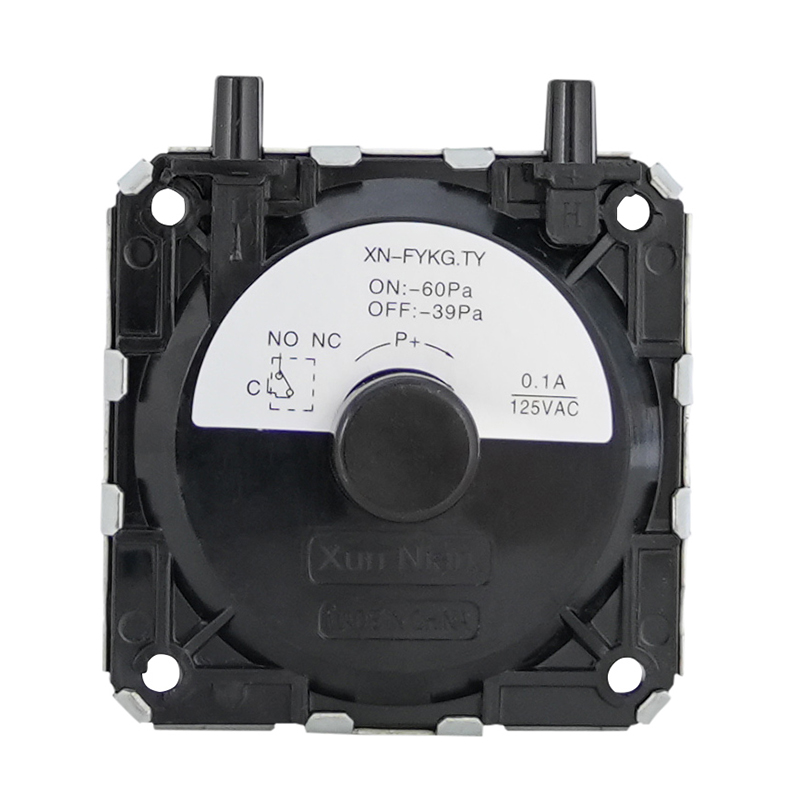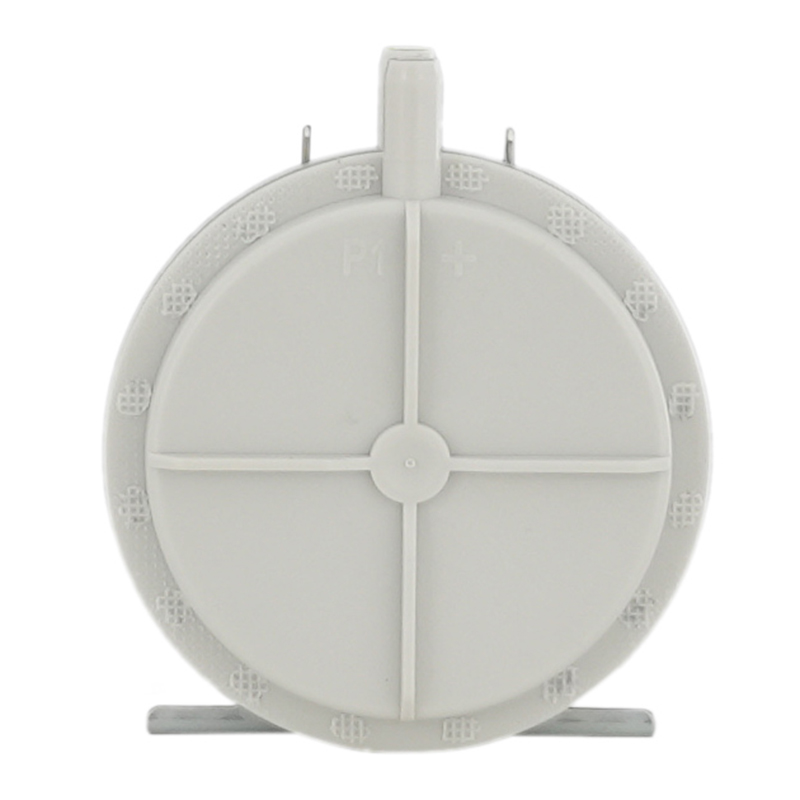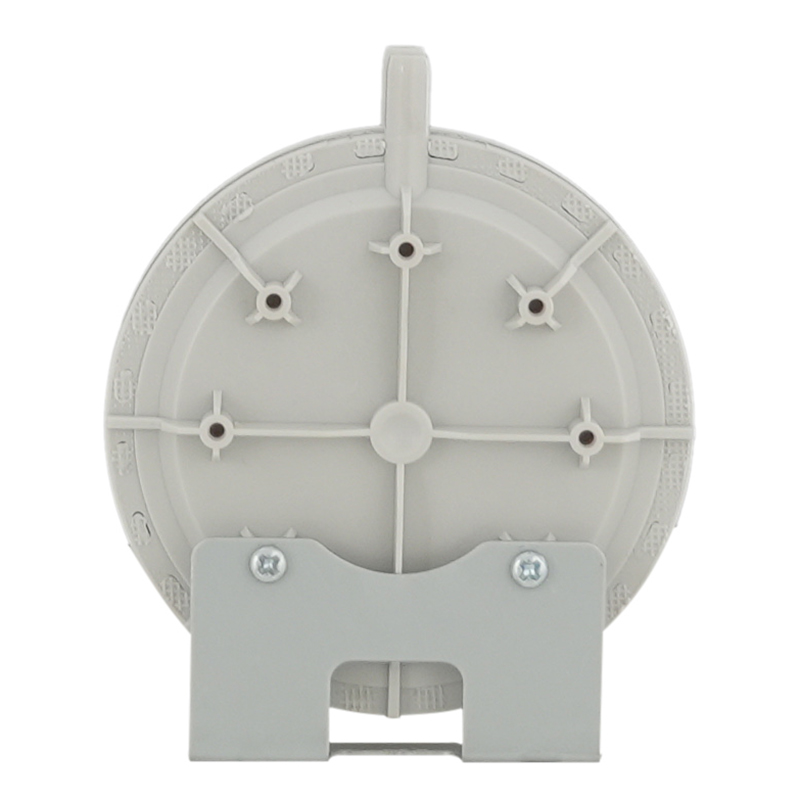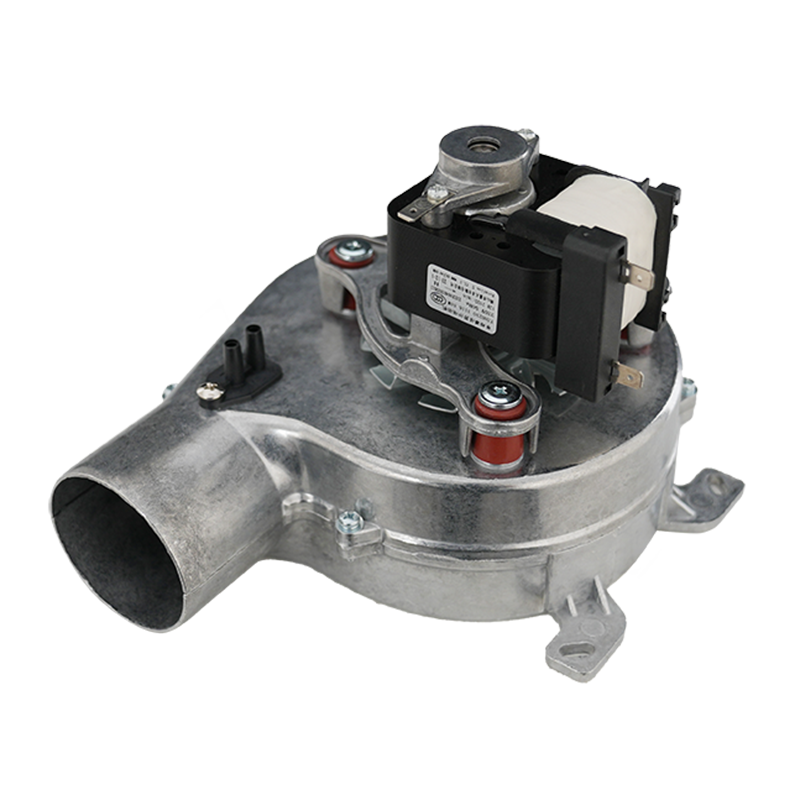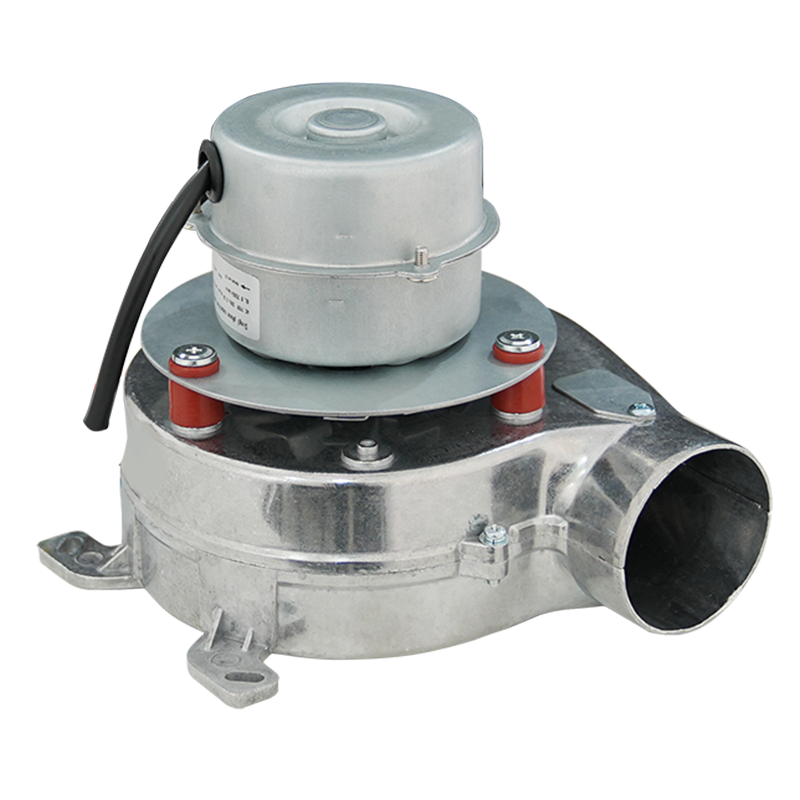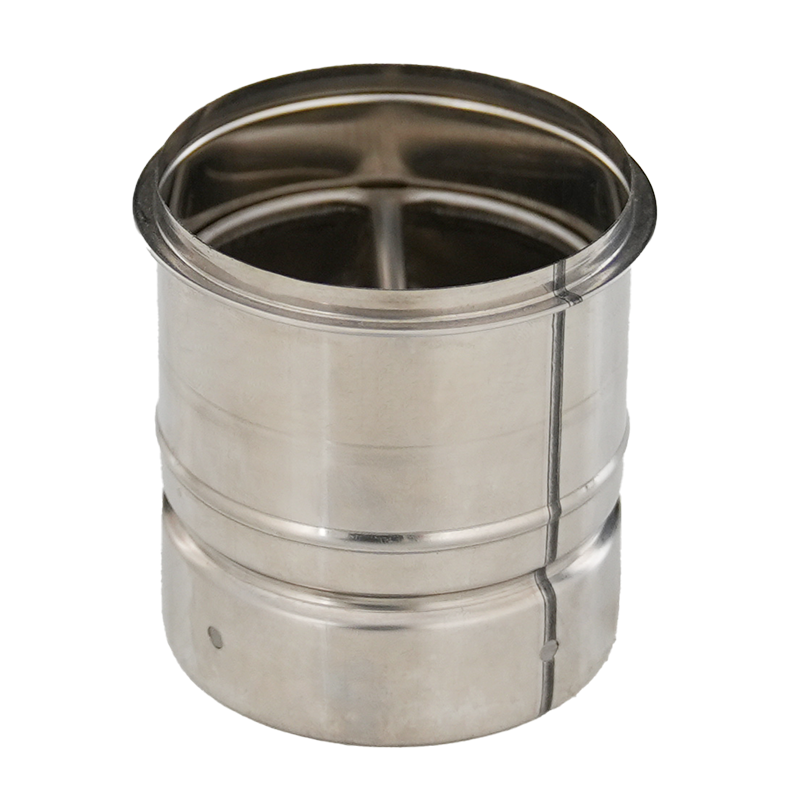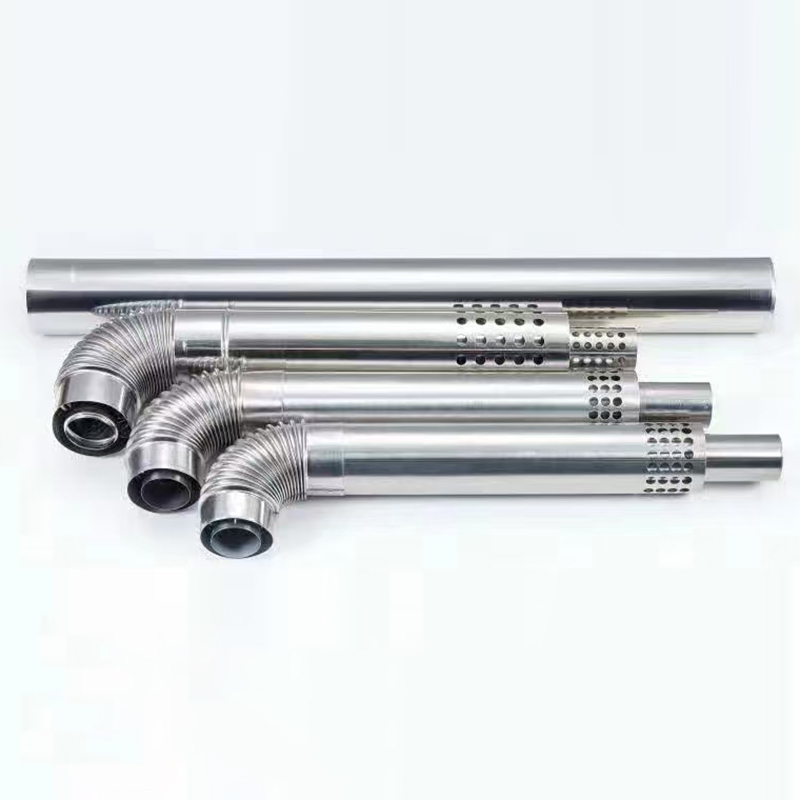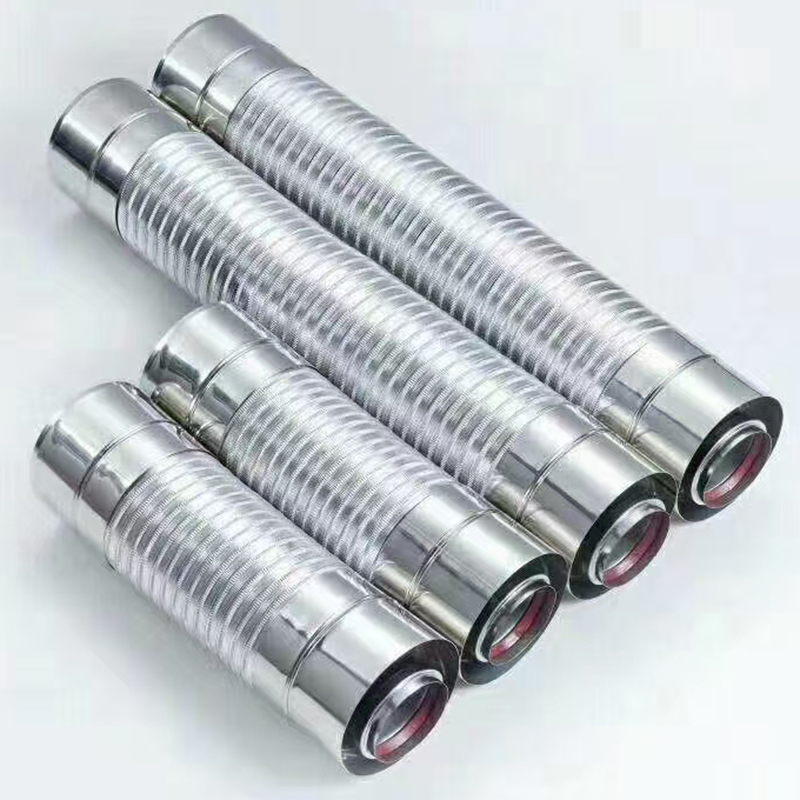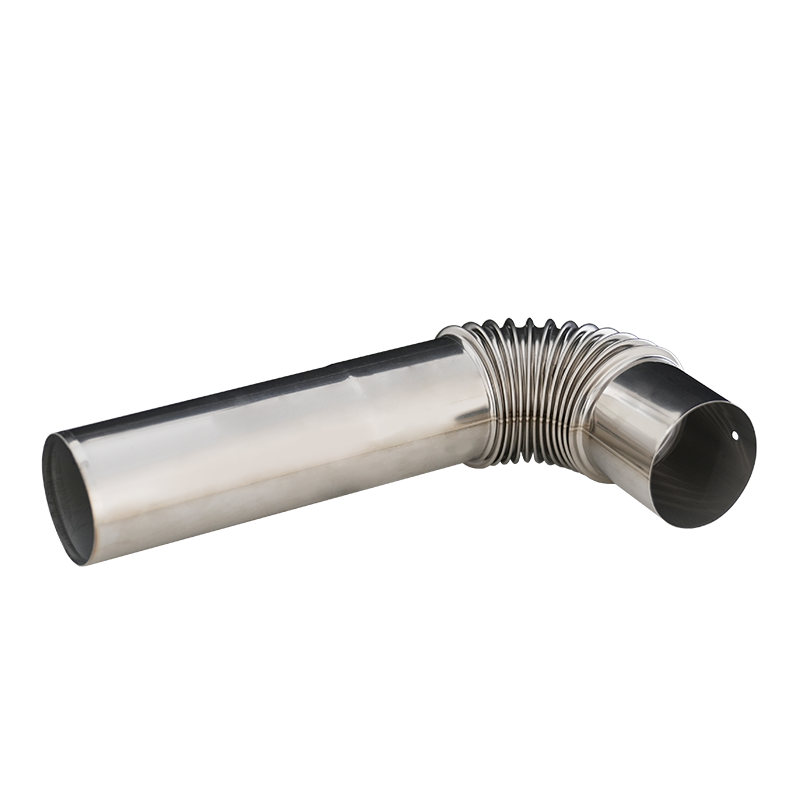Wind is invisible and intangible, yet our skin can perceive the intensity of its flow and changes in temperature. But for machines without "nerve endings," to "detect" the presence of wind and judge its state, a special "sensory organ" is required — the air pressure switch. This seemingly small component acts like the "wind-sensing nerve" of a machine, converting invisible air flow into recognizable signals. It lets the equipment know "the wind is coming," "is the wind sufficient," and "is the wind dangerous," ultimately achieving precise control over the wind.
For a machine to "sense" wind, it first needs to solve a core problem: how to turn "invisible wind" into a "measurable signal"? The air pressure switch’s solution lies in grasping the essential characteristic of wind — pressure. Whether it is the flow of natural wind or the circulation of air within equipment, where there is wind, there will be a pressure difference. The core function of the air pressure switch is to capture this pressure difference, completing the first step of "sensing wind."
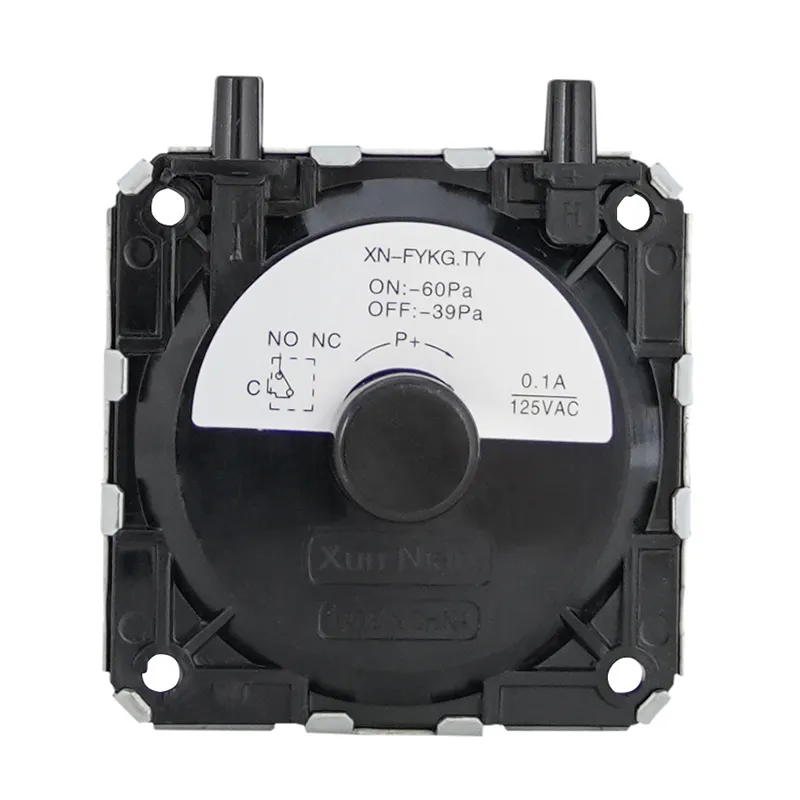
Its "sensory structure" is similar to a miniaturized "pressure trigger": inside, there is a thin, highly resilient diaphragm, with both sides of the diaphragm connected to a "pressure measurement port" and a "reference port" respectively. When wind blows or air flows through a pipeline, the pressure measurement port is subjected to the pressure from the air flow, while the reference port maintains a stable reference pressure (usually atmospheric pressure). Once the pressure difference between the two sides reaches a preset value, the diaphragm deforms — just like our skin slightly bulging when blown by the wind. This deformation of the diaphragm then pushes the internal lever mechanism, triggering the opening or closing of contacts. It converts the physical signal of "wind is blowing" or "wind pressure meets the standard" into an electrical signal that the machine can recognize.
Take a simple example: when a household gas water heater starts, the fan first operates to generate negative pressure. This "wind" acts on the diaphragm of the air pressure switch through a pipeline. When the pressure difference on both sides of the diaphragm reaches 5-10Pa (equivalent to the pressure of a weak air flow), the contacts close. Only after the machine receives the signal that "the wind is ready" will it allow the gas valve to open and ignite for combustion. If the fan malfunctions and fails to generate "wind," the diaphragm will not deform and the contacts will remain open, causing the water heater to refuse to start — this is the safety response of a machine when it "cannot sense wind" through the air pressure switch.
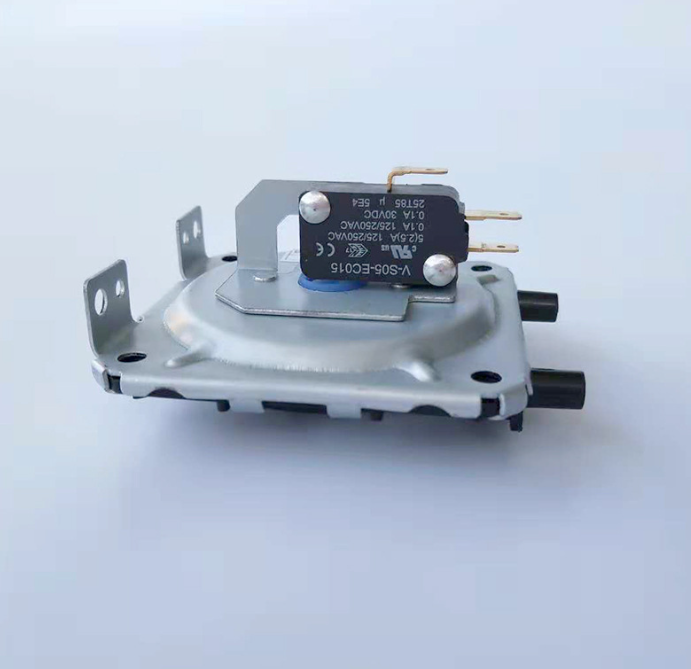
After a machine "senses" wind, it also needs to know "whether the wind’s state is normal," which requires the air pressure switch to have "judgment ability." It can not only detect "the presence or absence of wind" but also distinguish "whether the wind pressure meets the standard," preventing the machine from malfunctioning due to "abnormal wind conditions." For instance, the ventilation system of an industrial boiler requires stable "combustion-supporting wind" to ensure full combustion of fuel. The air pressure switch continuously monitors the pressure in the air intake pipeline: if the pressure is too low (indicating "insufficient wind"), the contacts open, and the boiler automatically reduces fuel supply to prevent the production of harmful gases from incomplete combustion; if the pressure is too high (indicating "too strong wind"), the contacts trigger the air damper to reduce the air intake volume — just like we subconsciously narrow our eyes when we feel "the wind is too strong," machines also adjust their state through the "judgment" of the air pressure switch.
This "sensing + judgment" capability makes the air pressure switch a "safety sentinel" for many devices. In the exhaust system of an integrated stove, it can "sense" the air pressure inside the oil fume pipeline: if the pipeline is blocked and "the wind cannot be discharged," the pressure difference will rise abnormally, and the air pressure switch will immediately remind the user to "clean the pipeline"; in the fresh air system of a central air conditioner, it can "detect" whether the filter is dusty — when the filter is blocked, the air intake resistance increases and the air pressure decreases, so the air pressure switch triggers a "filter cleaning" prompt, preventing the machine’s efficiency from dropping due to "no wind entering."
From household equipment to industrial systems, the air pressure switch solves the complex problem of machines "sensing wind" with the simple logic of "capturing pressure differences." It has no complex chips, yet acts like the "wind-sensing nerve" of a machine, converting invisible wind into reliable signals; it does not directly control the wind, but enables the machine to respond correctly based on the "state of the wind." It is precisely because of this small "sensory organ that machines break free from the limitation of being "indifferent to wind." They can not only safely utilize the power of wind but also avoid risks brought by wind — this is the secret of how machines "sense" wind, and also the wisdom of technology allowing "invisible things" to be controlled.


